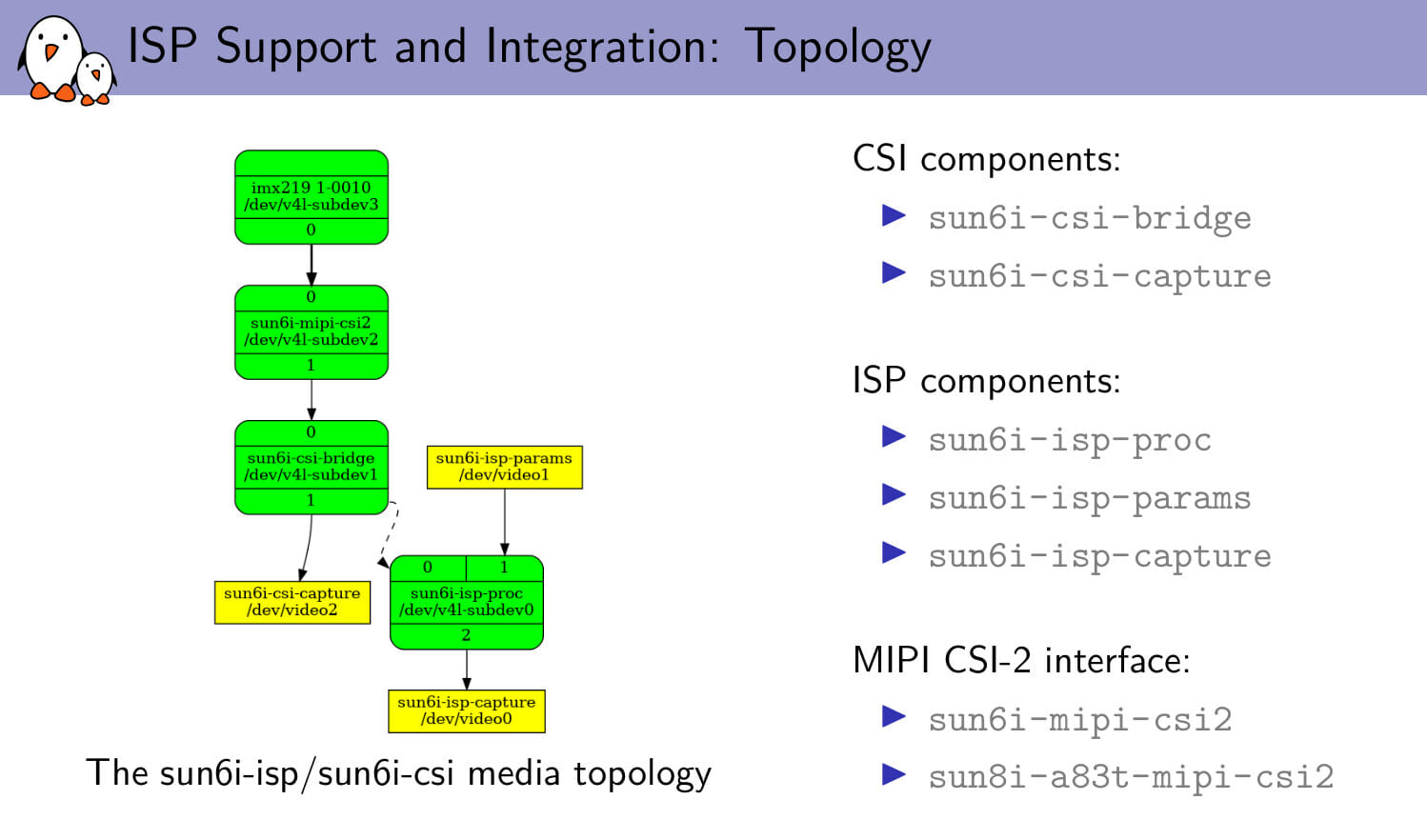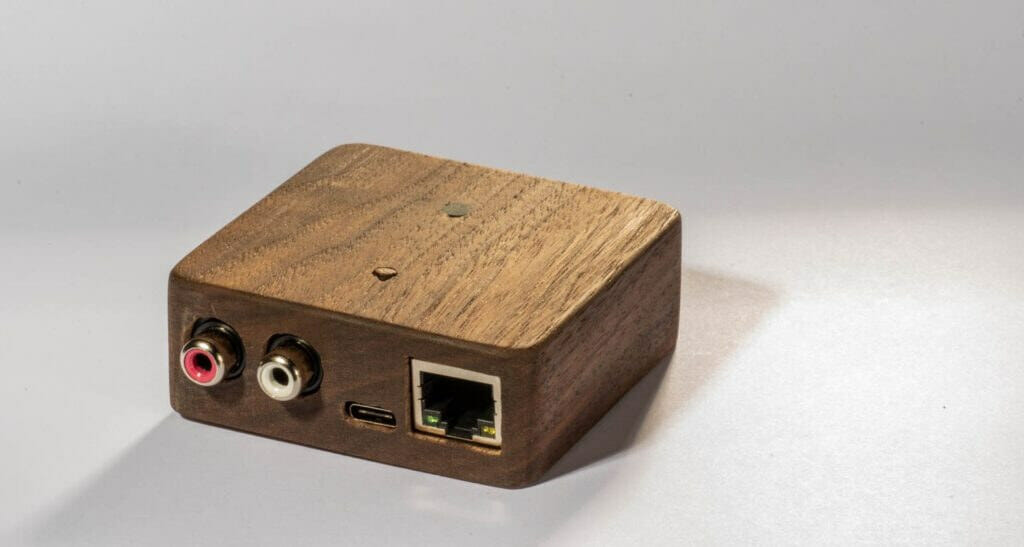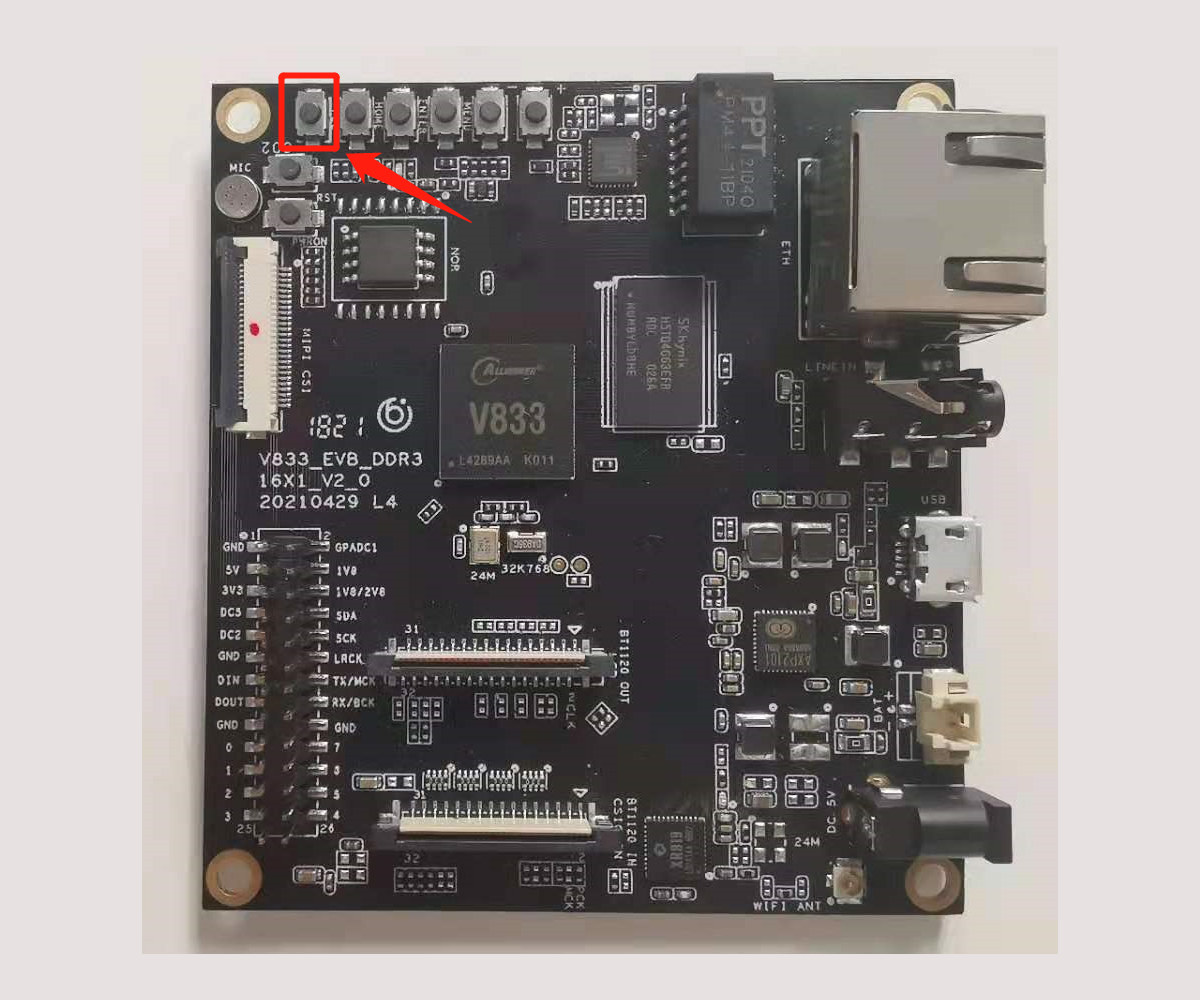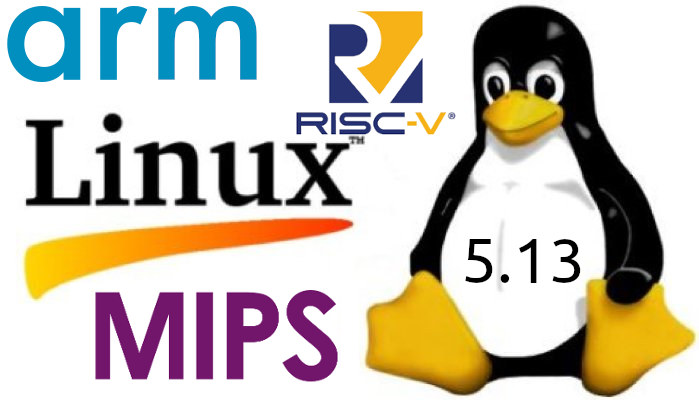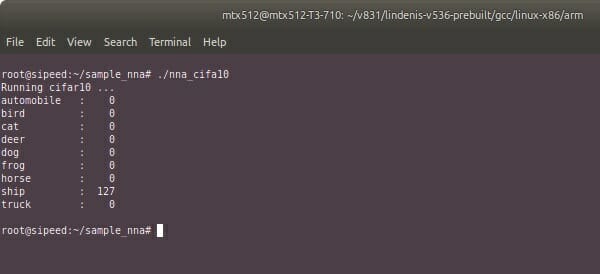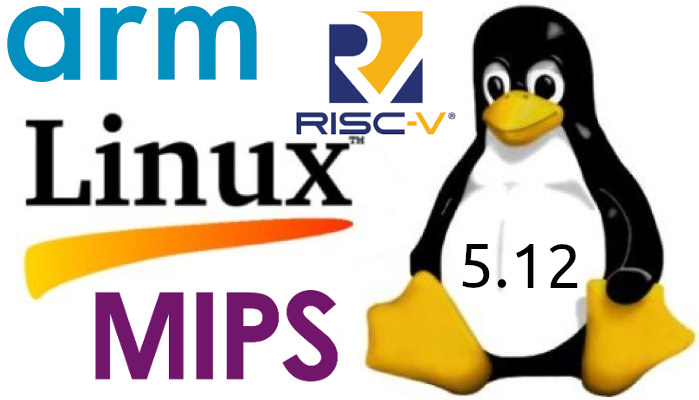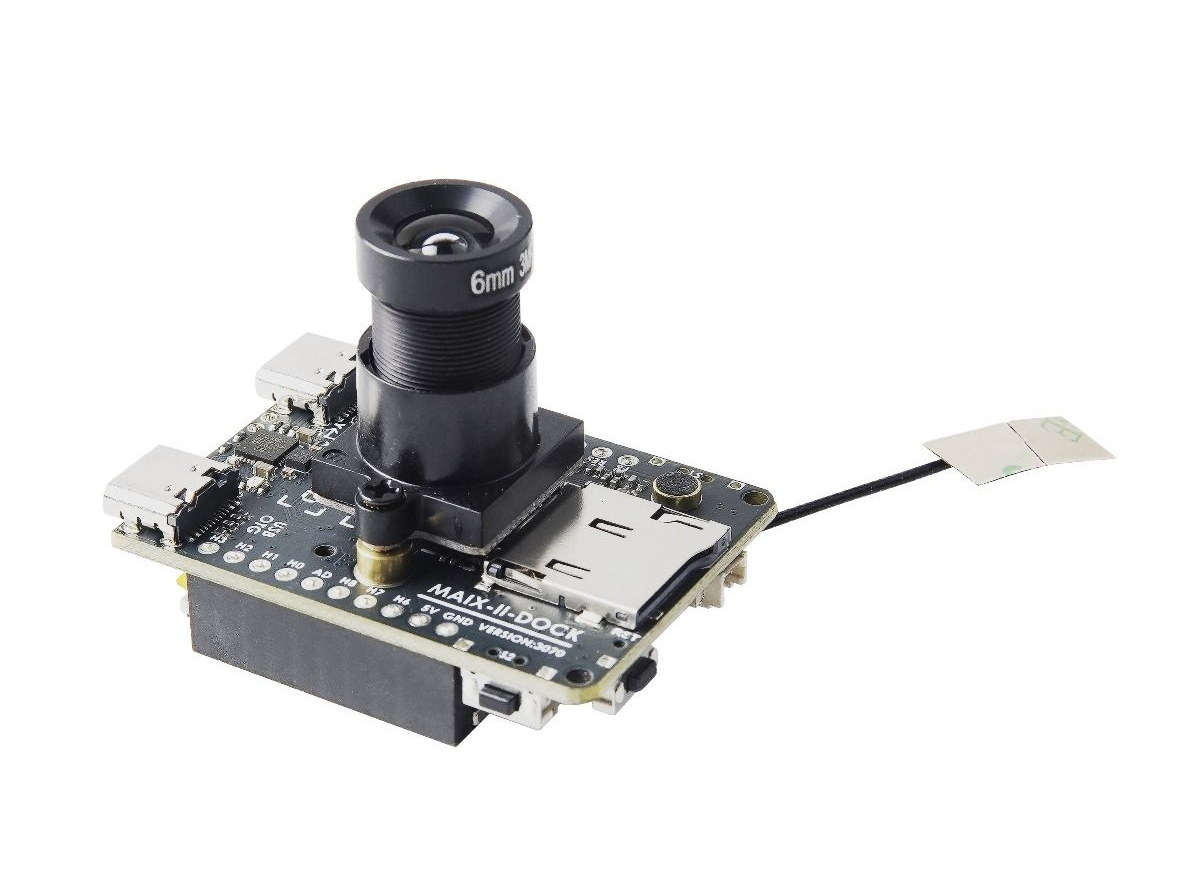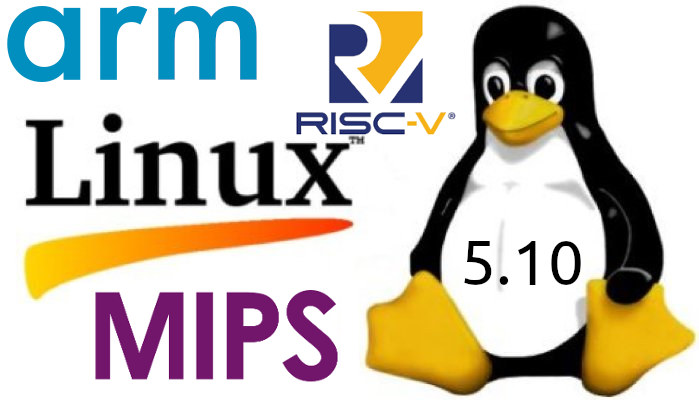Bootlin has just submitted the first patchset for the Allwinner V3 image signal processor (ISP) driver in mainline Linux which should pave the way for a completely open-source, blob-free camera support in Linux using V4L2. There are several blocks in an SoC for camera support including a camera input interface such as MIPI CSI 2 and an ISP to process the raw data into a usable image. Add to this the need to implement the code for sensors, and there’s quite a lot of work to get it all working. Allwinner SDK comes with several binary blobs, aka closed-source binary, but Bootlin is working on making those obsolete, having first worked on Allwinner A31, V3s/V3/S3, and A83T MIPI CSI-2 support for the camera interface driver in the V4L2 framework (and Rockchip PX30, RK1808, RK3128 and RK3288 processors), as well as implemented support for Omnivision OV8865 and OV5648 image sensors earlier […]
DIY Spotify Box features custom-designed Allwinner V3s SBC
The Spotify Box is a small DIY device based on an Allwinner V3s single-core Cortex-A7 camera SoC and a wooden enclosure designed to play Spotify songs, and not much else… The device serves as a bridge between the official Spotify app and your home audio system connected through the RCA jacks of the box. and allowing you to connect your smartphone to your audio setup and stream music throughout your house. Spotify Box specifications: SoC – Allwinner V3s single-core Cortex-A7 processor @ 1.2 GHz with on-chip 64MB DDR2 Storage – MicroSD card slot for OS Audio – 2x RCA jack for left and right audio Connectivity 10/100M Ethernet RJ45 port 2.4 GHz 802.11b/g/n WiFi 4 and Bluetooth 4.2 via RTL8723DS module Misc – Push button, RGB LED Power Supply – 5V via USB-C port Evan Hailey selected Allwinner V3s over other processors such as NXP i.MX233 or Microchip SAM9N because […]
Allwinner V833 AI video development board runs Tina Linux or Melis RTOS
Lindenis V833 is an AI video/camera development board based on Allwinner V833 single-core Cortex-A7 processor with a 400 MOPS AI accelerator (NPU) and running OpenWrt-based Tina Linux or Melis RTOS based on the RT-Thread kernel. The board comes with up to 3GB RAM, a MicroSD card socket, MIPI DSI, MIPI CSI, and BT1120 interfaces for video output and input, Gigabit Ethernet, 2.4 GHz WiFi, and a few other I/Os. Lindenis V833 specifications: SoC – Allwinner V833 single-core Arm Cortex-A7 processor @ up to 1.2 GHz with H.265/H.265 1080p video encoder, MJPEG 1080p video encoder, 400 MOPS AI accelerator (See PDF datasheet) System Memory – Up to 3GB DDR3/DDR3L Storage – MicroSD card slot with support for SDHC and SDXC, SPI NOR flash Display Interfaces 4-lane MIPI-DSI up to 1080p BT1120 output Touch panel header Video In 4-lane MIPI-CSI camera interface BT1120 input Audio – 3.5mm Line-in jack, built-in microphone Connectivity […]
Linux 5.13 Release – Notable changes, Arm, MIPS and RISC-V architectures
Linus Torvalds has just announced the release of Linux 5.13: So we had quite the calm week since rc7, and I see no reason to delay 5.13. The shortlog for the week is tiny, with just 88 non-merge commits (and a few of those are just reverts). It’s a fairly random mix of fixes, and being so small I’d just suggest people scan the appended shortlog for what happened. Of course, if the last week was small and calm, 5.13 overall is actually fairly large. In fact, it’s one of the bigger 5.x releases, with over 16k commits (over 17k if you count merges), from over 2k developers. But it’s a “big all over” kind of thing, not something particular that stands out as particularly unusual. Some of the extra size might just be because 5.12 had that extra rc week. And with 5.13 out the door, that obviously means […]
Allwinner V831 NPU (Neural Processor Unit) reverse-engineered
When Sipeed introduced MAIX-II Dock AIoT vision development kit, they asked help from the community to help reverse-engineer Allwinner V831‘s NPU in order to make an open-source AI toolchain based on NCNN. Sipeed already had decoded the NPU registers, and Jasbir offered help for the next step and received a free sample board to try it out. Good progress has been made and it’s now possible to detect objects like a boat using cifar10 object recognition sample. Allwinner V831’s NPU is based on a customized implementation of NVIDIA Deep Learning Accelerator (NVDLA) open-source architecture, something that Allwinner (through Sipeed) asked us to remove from the initial announcement, and after reverse-engineering work, Jasbir determined the following key finding: The NPU clock defaults to 400 MHz, but can be set between 100 and 1200 MHz NPU is implemented with nv_small configuration (NV Small Model), and relies on shared system memory for all […]
Linux 5.12 – Main Changes, Arm, MIPS and RISC-V Architectures
Linux 5.12 release was expected last Sunday, but Linus Torvalds decided to release one more release candidate, namely Linux 5.12-RC8, to “make sure things are all settled down“, so the latest Linux kernel is now expected this weekend. Tihs should not yield any significant changes, so we can check what’s new in Linux 5.12, notably with regards to Arm, MIPS, and RISC-V architectures often used in SoC’s found in embedded systems. Around two months ago, the release of Linux 5.11 added support for Intel’s software guard extensions (SGX) and Platform Monitoring Technology (PMT), AMD “Van Gogh” and “Dimgrey cavefish” graphics processors, MIPI I3C host controller interfaces, and much more. Some interesting changes in Linux 5.12 include: Added support for ACRN hypervisor designed for IoT & embedded devices Added support for Playstation DualSense & Nintendo 64 game controllers, as well as Nintendo 64 data cartridges Dynamic thermal power management via a […]
Sipeed MAIX-II Dock is an Allwinner V831 powered AIoT vision devkit
Sipeed introduced MAIX development boards powered by Kendryte K210 dual-core RISCV processor with AI accelerators in 2018, and we tested the Maixduino and Grove AI HAT based on the solution using Arduino and Micropython the following year. It works fine for audio and video project requiring AI acceleration at low power, but performance (resolution/fps) is limited. So if you’d like a bit more oomph for your audio & vision AI projects, as well as proper Linux support, Sipeed has just launched MAIX-II Dock powered by Allwinner V831 Cortex-A7 AI camera SoC clocked at up to 800-1000 MHz and 64MB on-chip DDR2 RAM, as well as a Full HD camera and a small display.MAIX-II Dock specifications: MAIX-II core module SoC – Allwinner V831 single-core Cortex-A7 processor clocked at 800-1000 MHz with 0.2TOPS AI accelerator, H.264/H.265/JPEG video encoder up to 1080p30 System Memory – 64MB DDR2 in package (SiP) Storage – Optional […]
Linux 5.10 LTS release – Main changes, Arm, MIPS and RISC-V architectures
Linus Torvalds has just released Linux 5.10: Ok, here it is – 5.10 is tagged and pushed out. I pretty much always wish that the last week was even calmer than it was, and that’s true here too. There’s a fair amount of fixes in here, including a few last-minute reverts for things that didn’t get fixed, but nothing makes me go “we need another week”. Things look fairly normal. It’s mostly drivers – as it should be – with a smattering of fixes all over: networking, architectures, filesystems, tooling.. The shortlog is appended, and scanning it gives a good idea of what kind of things are there. Nothing that looks scary: most of the patches are very small, and the biggest one is fixing pin mapping definitions for a pincontrol driver. This also obviously means that the merge window for 5.11 will start tomorrow. I already have a couple […]


